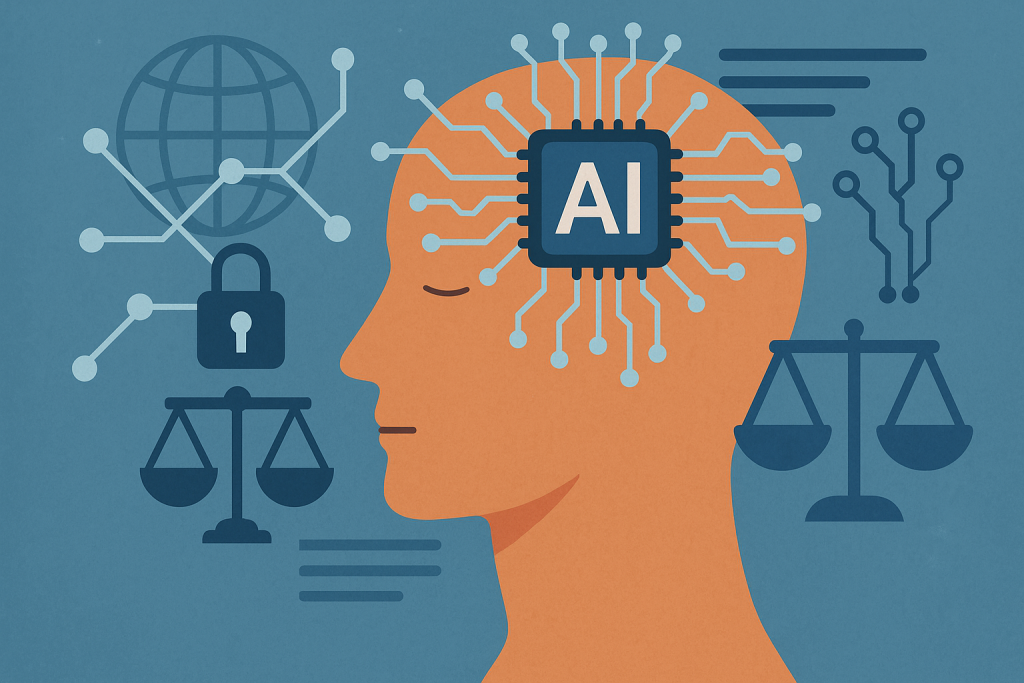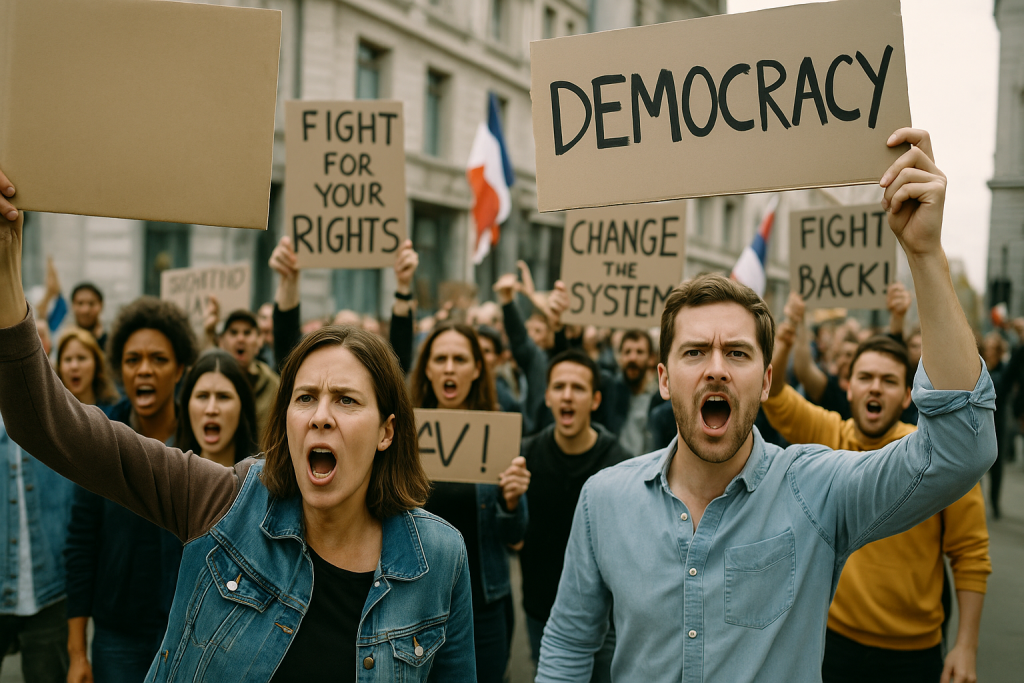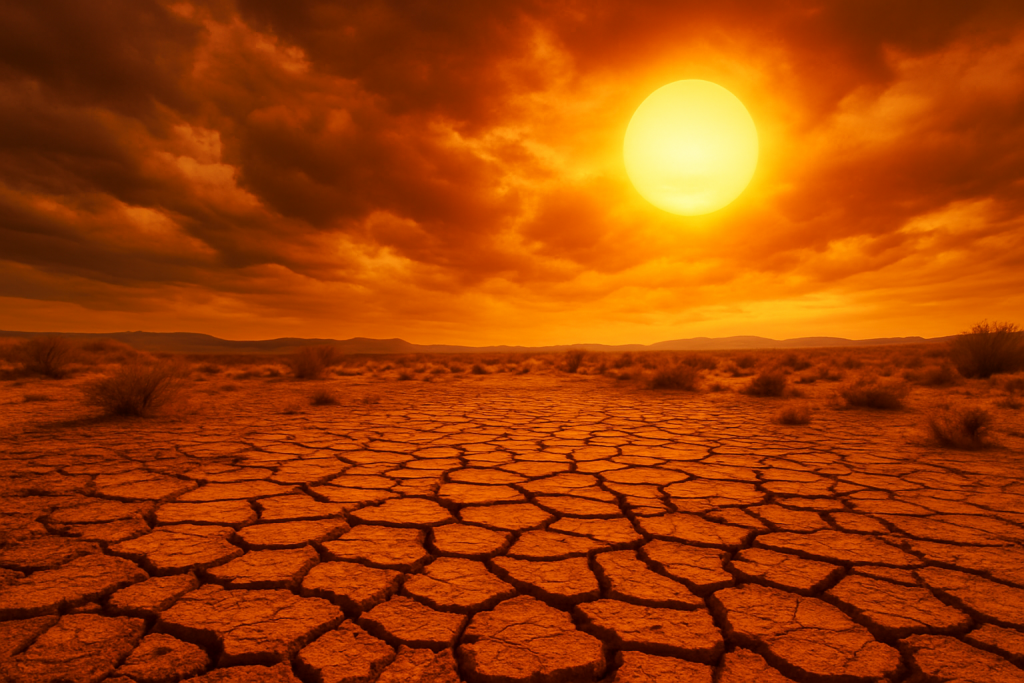Something rare happened this week: nearly every country at the table agreed on something. At an emergency climate summit held by the United Nations, a new global deal was struck to fast-track green energy, cut emissions deeper than ever before, and share clean technology across borders. After years of slow progress and endless debates, the new agreement feels like a turning point.
From Crisis to Urgency
The summit was called with only weeks of notice, as temperature records continued to fall around the world. Scientists warned that without action, global warming could cross dangerous thresholds within a decade. Countries that had previously resisted major changes—especially large fossil fuel exporters—were suddenly under pressure from all sides: environmental disasters, economic shifts, and their own citizens demanding action.
There was no time for long speeches or vague promises. Instead, delegates worked day and night in closed-door meetings to put together something real. And, to almost everyone’s surprise, they did.
What the Deal Covers
This new climate agreement isn’t just about cutting emissions. It includes a global fund to help poorer countries adopt renewable energy. It sets firm deadlines for phasing out coal in over 50 nations. And it allows for rapid sharing of new technology—like low-cost solar panels and storage batteries—so that every country can move faster without starting from scratch.
Even more interesting is the agreement on “climate transparency,” where every government will publish regular updates on its progress, verified by independent observers. The idea is to build trust—and keep the pressure on.

Why It’s Different This Time
We’ve seen climate deals before. What makes this one different? Many experts say it’s the tone. There’s a sense that the world isn’t negotiating from theory anymore. Floods, wildfires, and heatwaves are happening now, and everyone at the summit knew it. It felt personal, urgent—and more unified than ever before.
Another shift: young leaders and activists were not just protesting outside—they were inside, helping draft parts of the final text. Their energy, clarity, and bluntness helped cut through the usual politics.
A Start, Not an End
The new agreement is bold, but it’s only the beginning. Action still needs to happen on the ground: in cities, in factories, and in homes. But for once, the world seems to be moving in the same direction—and that gives reason for hope.
In the words of one young delegate: “This time, we didn’t wait for someone else to fix it. We stood up together.”


